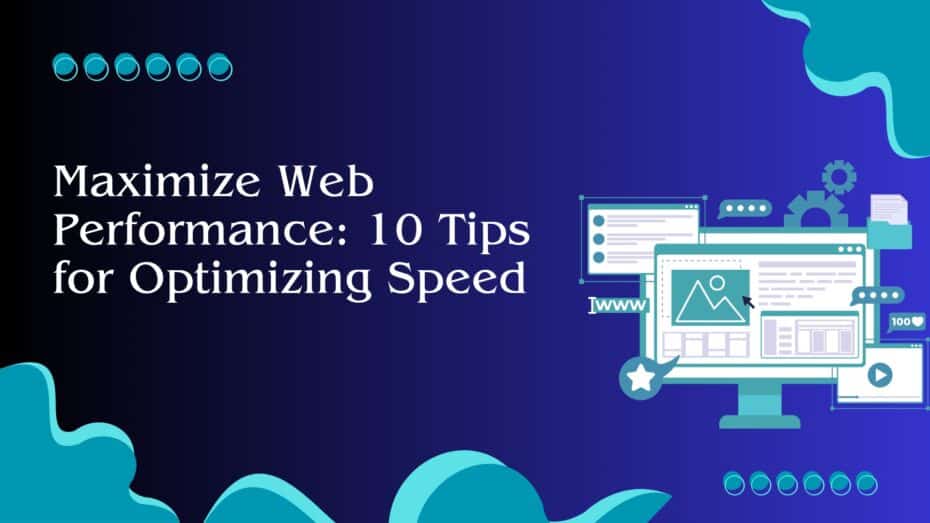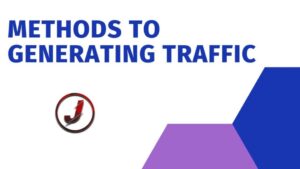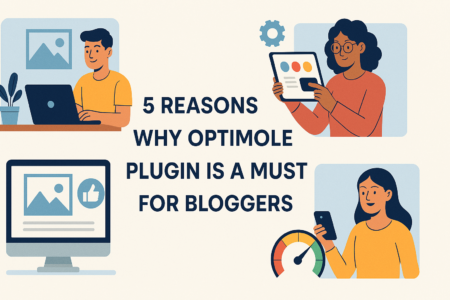Table of Contents
Web performance is the cornerstone of a successful online presence. It influences not just user experience but also impacts search engine rankings, making it crucial for website owners to prioritize. As we embark on this guide, our aim is to equip you with actionable strategies to elevate your site’s speed and efficiency, ensuring it stands out in a competitive digital landscape.
Optimizing your website’s performance is more than just a technical challenge; it’s an ongoing commitment to delivering the best possible experience to your visitors. Whether you’re managing an e-commerce platform, a blog, or a corporate website, the speed at which your pages load can significantly affect everything from user satisfaction to conversion rates.
By following the tips and insights shared in this guide, you’ll be taking a significant step towards enhancing your web performance. Not only will we explore proven techniques to accelerate page load times, but we’ll also delve into the latest trends and tools that can help you stay ahead of the curve. Join us as we unlock the secrets to optimizing web speed, ensuring your website performs at its peak potential.
1. Elevate Your Web Performance with a 60-Second Site Speed Audit
Did you know that a one-second delay in page load time can reduce conversions by up to 7%? In the realm of web performance, time is literally money. Elevating your website’s performance starts with understanding where you stand, and a 60-second site speed audit is the first step towards identifying opportunities for improvement. This rapid assessment can shed light on critical speed bottlenecks that are hindering your site’s ability to deliver a smooth user experience.
Conducting a site speed audit is not just about finding problems; it’s about setting a benchmark for ongoing improvement. By regularly assessing your web performance, you can track the effectiveness of your optimization efforts over time. This process enables you to make informed decisions about where to allocate resources for the biggest impact on speed and efficiency.
The beauty of a quick site speed audit lies in its simplicity and immediate value. With a range of tools available online, you can gain insights into your website’s performance within minutes. These insights include everything from load times to suggestions for optimization, providing a clear roadmap for enhancing your web presence. Embracing this practice is a cornerstone of maintaining a competitive edge in today’s fast-paced digital landscape.
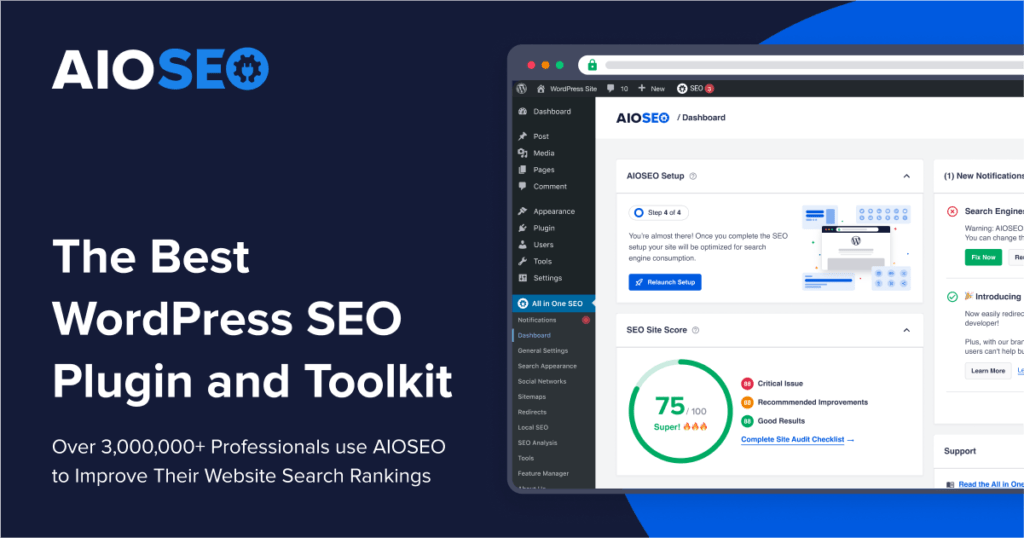
Utilize Cutting-Edge Tools for Immediate Insights
In the pursuit of optimal web performance, leveraging cutting-edge tools for immediate insights is indispensable. These tools not only pinpoint areas of concern but also offer actionable recommendations to enhance site speed. From comprehensive platforms like Google’s PageSpeed Insights to more detailed solutions like GTmetrix, the range of available tools caters to various aspects of web performance analysis.
Each tool brings its own strengths to the table, offering different perspectives on your site’s performance. For instance, some may focus on the front-end aspects like image optimization and minification of resources, while others delve deeper into server response times and hosting efficiency. Utilizing a combination of these tools can provide a holistic view of where improvements can be made.
The key to leveraging these tools effectively lies in consistent monitoring and evaluation. By making site speed audits a regular part of your web management routine, you can stay ahead of performance issues before they impact your users. This proactive approach not only improves user satisfaction but also contributes to better search engine rankings, as site speed is a critical factor in SEO.
2. Optimize Images to Boost Load Times by 30%
“An image is worth a thousand words, but it shouldn’t cost you a thousand seconds.” When it comes to web performance, the efficiency with which images are loaded on your site can dramatically impact your load times. Optimizing images is a crucial step towards enhancing your website’s speed, potentially boosting load times by up to 30%. This process involves reducing file sizes without compromising on quality, ensuring that your visuals remain striking but not resource-heavy.
The journey to optimized images begins with choosing the right file formats. JPEG, PNG, and WebP each have their uses, depending on the type of image and its role on your website. Understanding the strengths and limitations of each format can lead to significant improvements in loading speed. Additionally, employing modern formats like WebP can offer superior compression and quality characteristics compared to traditional formats.
Implementing tools and techniques for image optimization, such as automated compression tools or responsive images that adjust to the user’s screen size, can further enhance your web performance. These strategies reduce the unnecessary loading of large files, ensuring that your site remains fast and fluid. By prioritizing image optimization, you not only improve the user experience but also bolster your SEO efforts, making your site more favorable in the eyes of search engines.
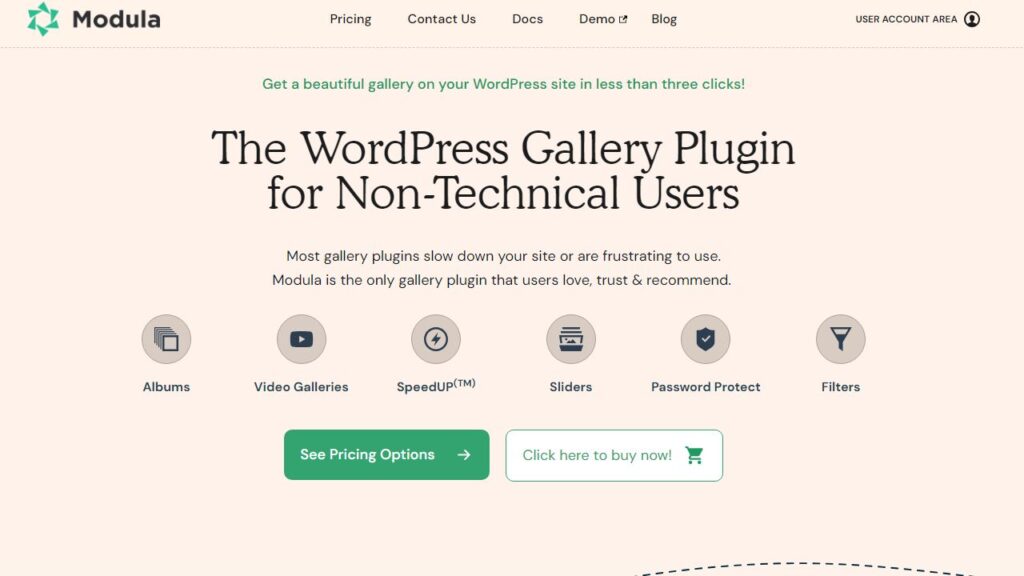
The Magic of Compression and Proper Formats
“Compression is like magic for web performance; it makes the heavy become light.” The magic of compression lies in its ability to significantly reduce image file sizes, enabling faster loading times without a visible loss in quality. Utilizing proper compression techniques is an art that balances quality and efficiency, ensuring that your images contribute positively to your web performance.
Choosing the correct format plays a pivotal role in this process. For instance, JPEG is ideal for photographs due to its efficient compression, while PNG is better suited for images requiring transparency. WebP, a newer format, offers the best of both worlds with excellent compression rates and quality preservation. Knowing when and how to use each format can transform the visual experience on your site.
Beyond choosing the right format, employing tools that automate the compression process can save time and ensure consistency across your website. These tools analyze each image, applying the best compression techniques without degrading visual quality. This approach not only boosts your web performance but also enhances the overall aesthetic and user experience of your site, making it more engaging and accessible to visitors.
3. Implement Caching Strategies to Slash Loading Times
Just as a well-organized library allows you to find books quickly, implementing caching strategies on your website can significantly slash loading times. Caching is a technique that stores copies of files or data in a temporary storage location, so they can be accessed more quickly by users. By storing parts of your site locally on a user’s device or within a network, you can dramatically reduce the amount of data that needs to be transferred, leading to faster loading times and a smoother user experience.
Caching strategies are essential for optimizing web performance, as they minimize the need for data retrieval from the server with each visit. This not only speeds up the access time for returning visitors but also reduces the load on your servers. Implementing effective caching can lead to significant improvements in site speed, user satisfaction, and overall site performance.
There are various types of caching methods, including browser caching, server-side caching, and content delivery network (CDN) caching, each with its own set of benefits. By leveraging these techniques, you can ensure that your website operates at optimal efficiency, providing a fast and seamless experience for all users. Effective caching strategies are a cornerstone of web performance optimization, contributing to improved SEO rankings and enhanced user engagement.
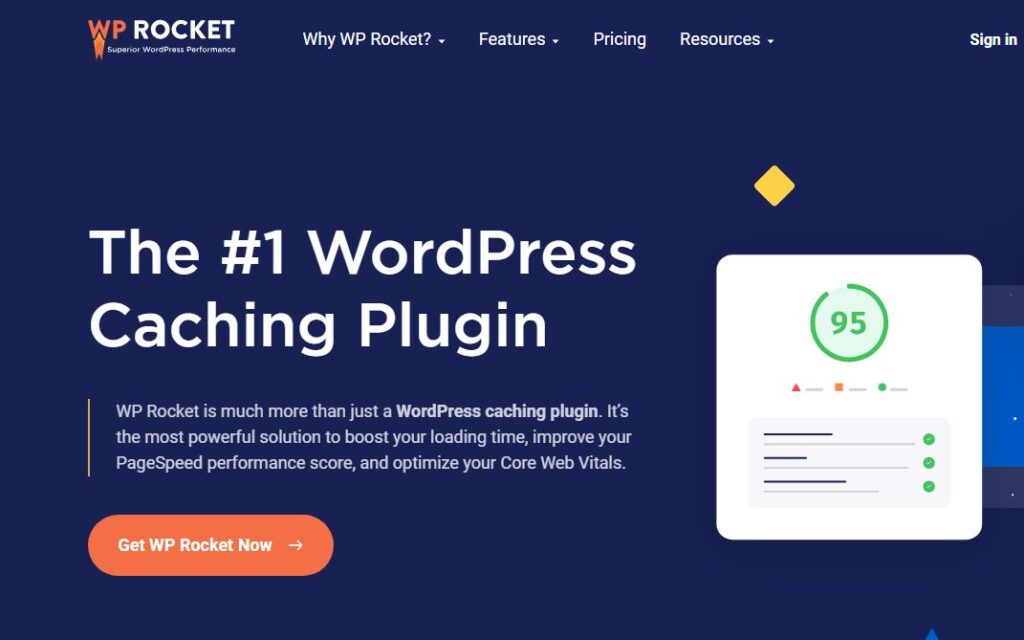
Leverage Browser and Server-Side Techniques
Optimizing web performance requires a strategic approach to caching, leveraging both browser and server-side techniques. Browser caching stores website resources on the user’s device, allowing for instant access on subsequent visits. This method is particularly effective for static resources like images, CSS files, and JavaScript, which don’t change frequently. By instructing browsers on how long to store these files, you can control the balance between cache duration and content freshness.
On the flip side, server-side caching involves storing frequently accessed data or pages on the server, making it quicker to serve this information to the user. Techniques such as object caching, database query results caching, and full-page caching can dramatically reduce the time it takes for your server to process and serve content to users. This not only speeds up the user experience but also reduces server load and resource consumption.
Implementing a combination of browser and server-side caching techniques can offer the best results in improving web performance. Each method addresses different aspects of the loading process, ensuring that your website remains fast and responsive. By carefully configuring your caching strategies, you can create a robust system that significantly enhances site speed, directly impacting user satisfaction and your site’s ability to rank well in search engine results.
4. Minify CSS, JavaScript, and HTML for a 20% Speed Increase
While it’s true that every line of code adds functionality or style to your website, it’s also true that not every character in that code is necessary for the code to execute. Minifying CSS, JavaScript, and HTML files can lead to a 20% speed increase, stripping out all unnecessary characters such as spaces, line breaks, and comments. This process makes your files smaller and thus quicker to load without altering their functionality. It’s a straightforward yet effective technique in the arsenal of web performance optimization.
Minification improves web performance by reducing the size of the code files that browsers must download and process. This not only speeds up the loading time of your website but also reduces bandwidth usage, which can be particularly beneficial for users on slower connections or limited data plans. By implementing minification, you’re ensuring that your website’s design and functionality are delivered in the most efficient manner possible.
Tools and plugins available today make minification a relatively simple process to incorporate into your website’s development workflow. Automating this process ensures that minification becomes a standard step in deploying updates to your site, maintaining optimal performance without manual intervention. Streamlining your code through minification is a testament to your commitment to providing the best user experience by leveraging every possible optimization technique to improve web performance.
Streamlining Code for Peak Efficiency
The mantra of streamlining code for peak efficiency echoes the broader objective of web optimization: doing more with less. By removing redundant or unnecessary code, you not only enhance your website’s loading speed but also improve its readability and maintainability for developers. This streamlining process includes more than just minification; it encompasses the consolidation of files and the elimination of unused code, further reducing the number of HTTP requests and the overall size of your website.
Consolidating multiple CSS or JavaScript files into a single file can significantly reduce the number of HTTP requests that a browser needs to make. Each request involves a round-trip to the server, which can add up to considerable delays. By serving a single, minified file, you streamline the delivery process, allowing users to access your content more swiftly. This approach not only speeds up your site but also simplifies its structure, making it easier to manage and update.
Adopting a mindset of efficiency in coding practices also encourages the use of more efficient algorithms and coding techniques that can perform the same tasks with fewer resources. This not only applies to the size of files but also to how effectively your website’s code runs. Performance optimization is a comprehensive strategy that involves every layer of your site’s development, from the server configuration to the final line of code. Streamlining your code for peak efficiency is a crucial step in ensuring your website operates at its best, providing a fast and fluid experience for all users.
5. Choose a High-Performance Hosting Solution
Surprisingly, the choice of your website’s hosting solution can impact your web performance as much as the website’s code itself. A high-performance hosting solution ensures that your website loads quickly and reliably, regardless of the visitor’s location or the amount of traffic. This choice is foundational, as the server’s response time is the first step in the loading process. Selecting a host that prioritizes speed and reliability can dramatically enhance your website’s overall performance.
A top-tier hosting service not only offers fast server response times but also provides the infrastructure necessary to handle high traffic volumes without a hitch. This includes features like content delivery networks (CDN), advanced caching solutions, and the ability to scale resources on demand. These capabilities ensure that your website remains accessible and fast, even during peak traffic periods, thereby improving user experience and satisfaction.
Moreover, the security and reliability of your hosting solution are paramount. A host with a 99.9% uptime guarantee ensures that your website is always available to your audience. Downtime not only affects your web performance metrics but can also significantly impact your brand’s reputation and your bottom line. Investing in a hosting solution that offers robust security features and reliable uptime is essential for maintaining a strong and positive online presence.
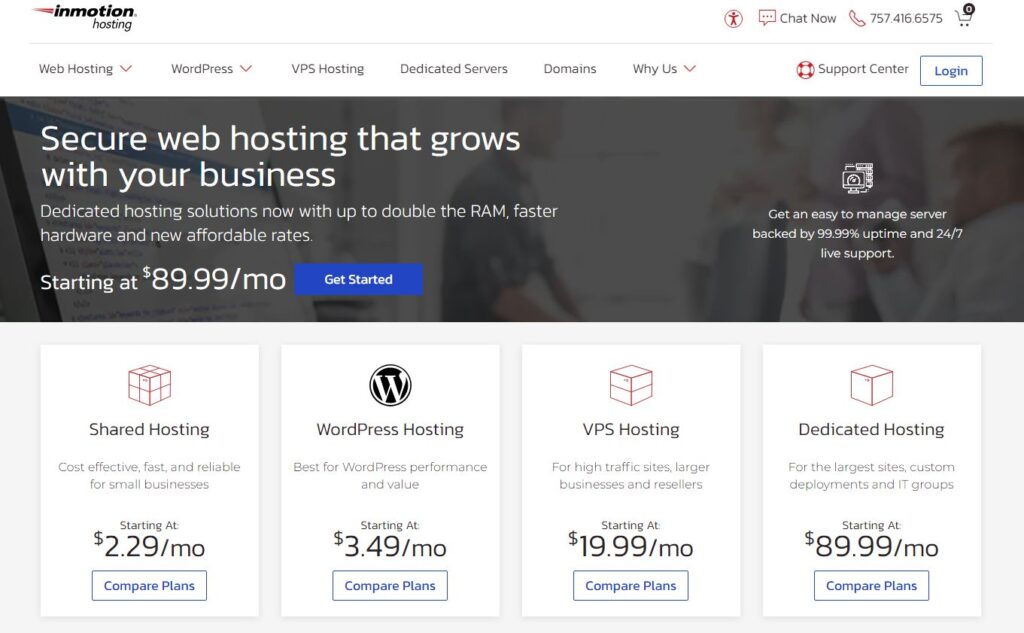
Invest in Speed with a 99.9% Uptime Guarantee
Investing in a hosting solution that boasts a 99.9% uptime guarantee is not just about keeping your website online; it’s a commitment to providing your visitors with a reliable and consistent experience. This level of uptime is crucial for businesses of all sizes, as it minimizes the chances of your site being inaccessible due to server issues. The assurance of reliability plays a critical role in building trust with your audience, ensuring they can access your content whenever they need it.
A high-uptime hosting provider uses state-of-the-art technology and infrastructure to monitor and manage their servers effectively. This includes redundant systems and backups that kick in automatically in the event of a failure, ensuring that service interruptions are brief and infrequent. Such an investment in technology and resources is a clear indicator of a host’s commitment to their clients’ success.
Choosing a hosting provider with a strong uptime record and fast server response times is a pivotal decision that can enhance your web performance. It’s an investment in your website’s future, ensuring that the foundation upon which your digital presence is built is solid and reliable. With the right hosting solution, you can focus on creating high-quality content and optimizing your site’s performance, knowing that your host is taking care of speed and availability.
6. Utilize a Content Delivery Network (CDN) to Accelerate Global Access
Why should your website’s global access matter, and how can a Content Delivery Network (CDN) make a difference? In our digitally interconnected world, your audience could be anywhere. A CDN accelerates global access to your website by caching its content on servers located around the world, ensuring that users can load your website quickly, no matter their geographic location. This optimization is crucial for maintaining high web performance and enhancing user experience on a global scale.
A CDN works by storing static content, like images, CSS/JavaScript files, and other downloadable elements, on a network of servers. When a user visits your site, the CDN serves this content from the server closest to them. This dramatically reduces the distance data must travel, leading to faster loading times and a smoother browsing experience. This efficiency is especially valuable for websites with a wide geographical reach, aiming to serve users across different continents with equal speed and reliability.
Implementing a CDN can lead to a significant reduction in latency, often slashing it by up to 50%. This not only boosts your site’s performance but also positively affects your search engine rankings, as speed is a critical factor in SEO. Moreover, CDNs can offer additional benefits such as load balancing to handle traffic surges and protection against DDoS attacks, further ensuring your site’s stability and security. By distributing your content efficiently and reducing latency, a CDN is an essential tool for any website looking to improve its global web performance and user satisfaction.
Distribute Content Efficiently with a 50% Reduction in Latency
How does efficient content distribution contribute to web performance, particularly in reducing latency? A Content Delivery Network (CDN) exemplifies efficiency in content distribution, capable of cutting latency by as much as 50%. This is achieved through a strategically dispersed network of servers that deliver content from points closest to the user. Such a setup ensures that regardless of a user’s location, the data has a shorter and faster route to travel, significantly speeding up content delivery and rendering times.
The benefits of a CDN extend beyond just speed. By offloading traffic to a CDN, you also reduce the load on your primary server, enhancing your website’s overall reliability and scalability. This is particularly beneficial during traffic spikes, where the risk of server overload and downtime is high. A CDN can absorb these surges, ensuring your site remains accessible and performs well even under pressure.
Moreover, the use of a CDN can enhance your website’s security posture. Many CDNs offer integrated security features such as DDoS protection and secure token authentication, adding an extra layer of defense against cyber threats. This combination of speed, scalability, and security provided by a CDN not only optimizes your web performance but also builds a stronger, more resilient online presence. Efficient content distribution through a CDN is a strategic move for any website aiming for global reach and exceptional user experience.
7. Optimize Database Queries to Enhance Web Performance
A surprising fact for many web developers is that optimizing database queries can lead to as much as a 50% improvement in web performance. This significant potential for enhancement lies in the efficiency of data retrieval and management. For complex websites with dynamic content, the database often becomes a bottleneck, slowing down page load times as the system struggles to fetch, update, and manage data. By refining how these queries are executed, developers can significantly reduce the strain on the database, leading to faster, more responsive websites.
Optimizing database queries involves a comprehensive review of how data is accessed and manipulated. This can include indexing key data columns to speed up searches, restructuring queries to minimize the data transferred, and avoiding unnecessary queries by caching results. These steps can drastically reduce the time it takes for your website to interact with its database, directly improving load times and enhancing the user experience.
Moreover, efficient database management not only improves web performance but also scales down server resource consumption. This can lead to cost savings on hosting services, as less computational power is needed to handle data requests. Optimizing your database is not just a technical necessity; it’s a strategic investment in the speed, reliability, and scalability of your website. By focusing on efficient data retrieval and management, you can ensure that your site remains agile and responsive, even as it grows in complexity and content.
Techniques for Efficient Data Retrieval
Efficient data retrieval is the backbone of high-performing websites, especially those that handle large volumes of data. Techniques such as proper indexing, query optimization, and the use of efficient algorithms are essential. Indexing, for instance, is like adding a detailed table of contents to your database, allowing the system to find information quickly without scanning every row of data. This can significantly speed up query times, especially for large datasets.
Query optimization involves refining the way queries are written to ensure they are executed in the most efficient manner possible. This could mean selecting only the specific columns needed from a table, rather than retrieving every column with a wildcard selector. It also involves understanding and utilizing the strengths of your database management system’s query planner, ensuring that your queries are executed in the optimal order.
Lastly, caching frequently requested data can greatly reduce the number of queries made to the database. By storing the results of these queries temporarily, your website can serve data to users more quickly, reducing load times and improving overall web performance. Implementing these techniques requires a deep understanding of both your database system and the specific needs of your website, but the payoff in enhanced performance and user satisfaction is well worth the effort.
8. Enable HTTP/2 for a 15% Improvement in Web Performance
In the fast-paced world of web development, adopting the latest technologies can significantly enhance your site’s performance. One such advancement is HTTP/2, which, on average, improves web performance by 15%. This modern protocol is designed to optimize the communication between web servers and clients, making it a crucial upgrade for any website looking to improve its speed and efficiency.
HTTP/2 introduces several key improvements over its predecessor, including multiplexing, server push, and header compression, all of which contribute to faster page loads and a smoother user experience.
HTTP/2’s multiplexing feature allows multiple requests and responses to be sent simultaneously over a single connection. This eliminates the bottleneck created by HTTP/1.x’s one-request-at-a-time limitation, significantly reducing the latency that users experience while navigating a website. By enabling multiple transfers on the same connection, HTTP/2 efficiently uses network resources, leading to quicker interactions and content delivery.
Furthermore, the server push feature of HTTP/2 lets servers proactively send resources to the client before they are explicitly requested. This anticipatory action can dramatically speed up the loading process for users by reducing the wait time for subsequent requests.
Additionally, header compression reduces the overhead caused by repetitive header information, further streamlining the data transfer process. By adopting HTTP/2, websites can unlock the benefits of modern protocol efficiency, offering users a faster, more responsive web experience that meets the expectations of today’s internet users.
Unlocking the Benefits of Modern Protocol Efficiency
HTTP/2’s modern protocol efficiency is a game-changer for web performance, unlocking a host of benefits that can significantly enhance user experience. By embracing this advanced communication protocol, websites can leverage the full potential of today’s high-speed internet connections, ensuring content is delivered with unprecedented efficiency.
This shift not only improves load times but also enhances the overall reliability and stability of web interactions, providing a seamless experience for users across various devices and connection types.
One of the key advantages of HTTP/2 is its impact on resource loading strategies. With the introduction of multiplexing and server push, developers have new tools at their disposal for optimizing how and when content is loaded.
This allows for more sophisticated performance optimization strategies, enabling websites to prioritize critical resources and ensure they are loaded as quickly as possible. Such strategies are vital for maintaining high engagement and minimizing bounce rates in a competitive online landscape.
Moreover, the transition to HTTP/2 does not require changes to existing content or how web applications are developed. This backward compatibility means that websites can benefit from improved performance without the need for extensive redevelopment. As more web servers and browsers support HTTP/2, the process of enabling this protocol becomes straightforward, making it an accessible upgrade for enhancing web performance.
By unlocking the benefits of modern protocol efficiency, websites can offer a faster, more efficient, and enjoyable browsing experience, setting a new standard for web interactions.
9. Prioritize Above-the-Fold Content to Increase Engagement
“The first impression is the last impression.” This adage holds particularly true in the digital world, where above-the-fold content plays a pivotal role in capturing user attention and increasing engagement. Above-the-fold refers to the portion of a webpage visible without scrolling, and its optimization is crucial for web performance and user experience. By strategically placing key content and calls-to-action in this area, websites can significantly improve engagement rates, reduce bounce rates, and enhance the overall effectiveness of their digital presence.
Prioritizing above-the-fold content involves more than just aesthetic appeal; it’s about loading speed and immediate access to valuable information. Websites that master this balance tend to have higher conversion rates, as users are quickly presented with what they seek or are intrigued enough to explore further. This strategy aligns with the principles of web performance optimization, where speed and accessibility are paramount.
To optimize above-the-fold content effectively, it’s essential to understand your audience and what drives them. This understanding allows for the creation of compelling and relevant content that resonates with users the moment they land on your page. Coupled with fast loading times, this approach ensures that your most important messages are seen first, making a strong impact on visitor engagement and satisfaction.
Techniques for Smoother User Experience
Creating a smoother user experience starts with optimizing above-the-fold content, ensuring that it loads quickly and displays the most relevant information. One effective technique is critical CSS, which involves prioritizing the styling of above-the-fold content to render it as quickly as possible. This method reduces the time it takes for users to see and interact with your site, enhancing their overall experience from the moment the page starts loading.
Another technique is to use lazy loading for images and content that appear below the fold. By delaying the loading of these elements until they’re actually needed, you can speed up the initial page load time, allowing users to begin interacting with your site more quickly. This not only improves performance but also conserves bandwidth for both users and servers, making it a win-win for everyone involved.
Lastly, simplifying the design and content layout above the fold can significantly enhance usability and speed. A clean, straightforward design draws attention to the most critical elements, reducing distractions and focusing users on your intended actions. By employing these techniques, you can create a more engaging and user-friendly website, encouraging visitors to stay longer and explore deeper into your content.
10. Regularly Monitor and Update for Optimal Web Performance
Just as a well-tuned vehicle performs better and is more reliable, a website that is regularly monitored and updated will invariably offer superior web performance. This ongoing process is crucial for identifying bottlenecks, emerging issues, and opportunities for enhancement. In the fast-evolving digital landscape, what works today might not be as effective tomorrow, making continuous monitoring and updating an essential practice for maintaining optimal web performance.
Regular monitoring enables website owners to understand how their site is performing in real-time, identifying any slowdowns or glitches before they impact user experience. This proactive approach allows for immediate rectification of issues, ensuring that the website operates smoothly and efficiently at all times. Utilizing tools for performance monitoring can automate this process, providing detailed insights and alerts that help in maintaining a high level of web performance.
Updates are equally important, whether they’re for security patches, new features, or performance improvements. Keeping your website’s underlying technology current is vital for speed, security, and compatibility. This includes updating the CMS, plugins, and scripts your site relies on. Regular updates not only enhance functionality but also protect against vulnerabilities, ensuring your website remains secure and performs at its best.
By committing to regular monitoring and updates, you can ensure your website continues to meet the demands of modern users, providing a fast, secure, and engaging online experience.
Utilize Analytics to Stay Ahead of Performance Issues
Utilizing analytics is like having a high-powered microscope for your website, allowing you to zoom in on performance issues before they become problematic for your users. Analytics tools offer a wealth of data on how your website performs from the user’s perspective, tracking everything from page load times to user engagement metrics. This information is invaluable for identifying areas of your site that may be underperforming and require optimization.
By analyzing user behavior, you can pinpoint exactly where users are experiencing delays or difficulties. This might involve pages that load slowly, content that fails to engage, or features that don’t perform as intended. Armed with this data, you can make targeted improvements that significantly enhance the user experience. It’s not just about fixing problems; it’s about optimizing performance to exceed user expectations.
Furthermore, analytics can help you track the success of your optimization efforts over time, showing you how changes impact performance and user behavior. This ongoing feedback loop is essential for maintaining a website that not only performs well but also continuously evolves to meet user needs and expectations. By leveraging analytics to stay ahead of performance issues, you can ensure your website remains a step ahead, offering a seamless and enjoyable experience for all visitors.
Sustaining Peak Web Performance for the Long Haul
Achieving and sustaining peak web performance is akin to a marathon, not a sprint. It requires ongoing attention, adaptation, and commitment to excellence. As the digital landscape evolves, so too must our strategies for optimizing website speed and efficiency. By embracing a culture of continuous improvement, businesses can ensure that their online presence remains robust, responsive, and relevant to the needs of modern users.
Implementing the strategies discussed—from optimizing images and leveraging advanced protocols like HTTP/2 to regular monitoring and updating—lays a solid foundation for superior web performance. However, the journey doesn’t end here. The digital world is dynamic, with new technologies, user expectations, and best practices emerging all the time. Staying informed and ready to adapt is crucial for maintaining the edge in web performance.
Ultimately, the goal is to create a seamless, engaging experience for users, one that feels effortless and intuitive. By prioritizing web performance, businesses not only enhance their user experience but also improve their SEO rankings, drive conversions, and build a strong, positive brand perception.
Remember, in the realm of digital experiences, performance is not just a technical metric—it’s a reflection of your brand’s commitment to excellence and user satisfaction. Sustaining peak web performance for the long haul is an investment in your brand’s future, ensuring it continues to thrive in the ever-competitive online space.


